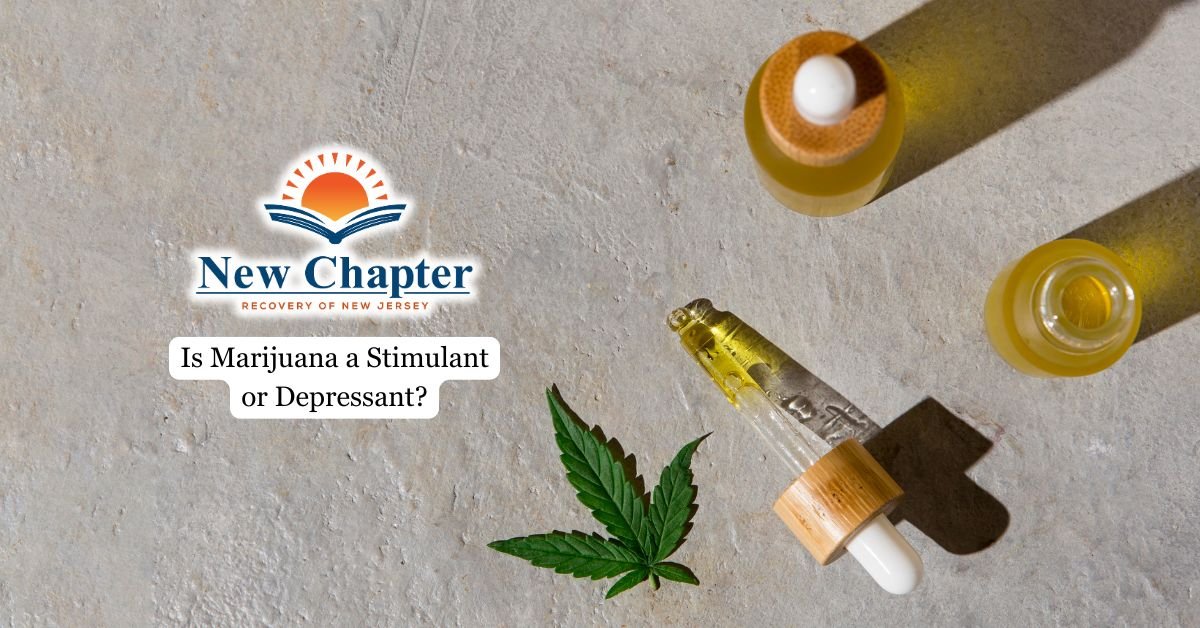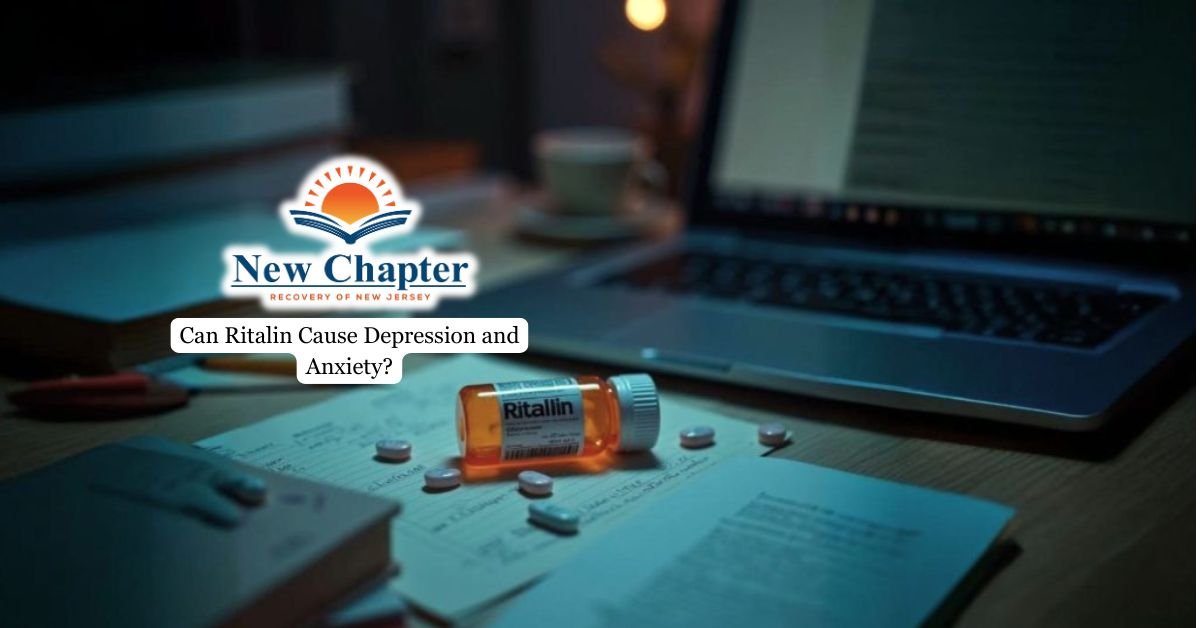As a chronic disease, alcohol addiction often requires ongoing effort and support to maintain recovery. Studies show that 40% to 60% of individuals with alcohol use disorder experience relapse within their first year of attempting to quit. Understanding the stages of relapse, the most common triggers, and effective prevention strategies can help individuals strengthen their commitment to long-term sobriety and reduce the risk of setbacks.

Types and Stages of Relapse
Relapse is often categorized into two main types: lapse and relapse. A lapse is a temporary and brief return to alcohol use after a period of abstinence. It is a one-time occurrence that does not lead to a full-blown return to previous levels of drinking. On the other hand, a relapse is a complete return to prior drinking patterns and levels of alcohol consumption, often accompanied by the negative consequences associated with alcohol use disorder.
The relapse process is generally divided into three distinct stages: emotional, mental, and physical. During the emotional stage, individuals are not actively thinking about drinking, but their emotions and behaviors may be setting the stage for a future relapse. Warning signs of emotional relapse include bottling up emotions, isolating from others, neglecting self-care, and not attending support meetings. The mental stage is characterized by a psychological battle, with a part of the individual wanting to remain sober while another part craves alcohol. In this stage, the person may glamorize their past drinking, lie to themselves about their ability to control their alcohol use, and plan a relapse. The final stage, physical relapse, is the actual act of consuming alcohol after a period of abstinence
Recognizing the warning signs in each stage of relapse is crucial for preventing a relapse. By identifying triggers for emotional, mental, and physical relapse, individuals can take proactive steps to address them.
Key Warning Signs of Relapse
Recognizing the warning signs at each stage of relapse is essential for preventing a full return to alcohol use and maintaining progress in recovery. The earliest indicators are often emotional, signaling internal struggles. These may include suppressing feelings, neglecting self-care, or experiencing increased stress, all of which can heighten vulnerability to relapse.
Mental warning signs involve changes in thought patterns, such as persistent cravings, romanticizing past drinking experiences, or rationalizing the idea of having “just one” drink. These subtle shifts can gradually weaken resolve, making early intervention crucial to prevent further progression.
Physical warning signs are the most obvious, reflected in behaviors that directly lead to drinking. This may include actively seeking alcohol, putting oneself in high-risk environments, or ultimately taking the first drink. Recognizing and addressing these warning signs early can be the key to staying on track in recovery.
Triggers and Risk Factors For Alcohol Relapse
In the journey towards sobriety, being mindful of triggers and risk factors that can lead to alcohol relapse is crucial. Triggers may stem from environmental cues, emotional stress, social settings, or exposure to alcohol. Recognizing and understanding your specific triggers is key to effectively managing them.
Risk factors associated with alcohol relapse encompass alcohol dependency, mood disorders, insufficient social support, peer influence, and low self-efficacy. Individuals with a history of relapse, co-occurring mental health issues, or inadequate coping mechanisms are at a heightened risk of setbacks in their recovery.
To reduce the likelihood of relapse, constructing a comprehensive relapse prevention plan is essential. This plan should entail strategies for handling triggers, cultivating a supportive network, and enhancing coping abilities.

What to Do After a Relapse
Following a relapse, it’s essential to prioritize ceasing alcohol consumption and seeking assistance to prevent further harm and resume progress in your recovery journey. Seeking support from reliable individuals such as friends, family, or a trained therapist can offer valuable guidance and encouragement during this challenging period.
Enrolling in our alcohol treatment program in NJ can provide you with the tools, strategies, and support system necessary to address the underlying causes of your addiction and develop effective coping mechanisms to prevent future relapses.
Take the time to reflect on the factors contributing to the relapse and collaborate with your support network to adjust your recovery plan accordingly.
Emphasize self-care by adhering to a healthy lifestyle, participating in activities that enhance well-being, and nurturing a positive outlook. Understand that a relapse signifies a setback rather than a definitive failure, and view it as an opportunity for personal growth and learning.
Update your relapse prevention strategy by pinpointing triggers, devising coping mechanisms, and fortifying your support system. Stay engaged with fellow individuals in recovery and actively engage in support groups or therapy sessions.
Preventing Future Relapses
To reduce the risk of future relapses, it’s crucial to establish a thorough relapse prevention plan tailored to your specific triggers and coping strategies. Collaborate closely with your healthcare provider to modify your treatment plan effectively, incorporating the necessary tools and support systems to prevent relapse.
Building a strong support network is essential for maintaining sobriety. Surround yourself with reliable individuals who comprehend your journey and can provide guidance and motivation during challenging moments. Participation in therapy sessions like cognitive behavioral therapy (CBT) can help in identifying and addressing negative thought patterns that might lead to relapse.
Maintaining a journal to monitor triggers and effective coping mechanisms is beneficial for recognizing high-risk situations and responding appropriately. Keep a list of contacts for your medical and support teams readily available for immediate assistance when required.
Additionally, focus on cultivating healthy lifestyle habits, including regular exercise, a well-balanced diet, and stress-management techniques, as they play a significant role in enhancing overall well-being and reducing the likelihood of relapse.
Final Thoughts From New Chapter Recovery on Why Alcoholics Relapse
Relapse is a common and challenging aspect of the recovery process for individuals struggling with alcohol addiction. However, it is important to remember that relapse does not equate to failure, and it does not mean that the individual cannot achieve long-term sobriety. By understanding the types and stages of relapse, recognizing warning signs, and identifying personal triggers and risk factors, individuals can develop effective strategies for preventing and managing relapse. Seeking professional help, building a strong support network, engaging in self-care practices, and maintaining a balanced lifestyle are all essential components of a successful relapse prevention plan. With dedication, perseverance, and the right tools and support, individuals can overcome the challenges of relapse and achieve lasting recovery from alcohol addiction.
Frequently Asked Questions
How is a relapse different from a slip or lapse?
A slip or lapse refers to a brief, one-time instance of drinking, often followed by immediate regret and a return to sobriety. A relapse, on the other hand, involves a more prolonged return to previous patterns of alcohol use, often accompanied by negative consequences. While both can be setbacks, a relapse typically requires renewed treatment efforts to regain control.
What percentage of people successfully stay sober long-term?
Long-term sobriety success rates vary, but research suggests that about one-third of people who attempt recovery remain sober for at least a year. After five years of sustained sobriety, the likelihood of long-term success increases significantly, with around 60% maintaining sobriety. Ongoing support, therapy, and relapse prevention strategies greatly improve the chances of lasting recovery.
Is relapse more common with certain types of alcohol addiction?
Yes, relapse rates can be higher for individuals with severe alcohol dependence, a history of frequent binge drinking, or co-occurring mental health disorders such as depression or anxiety. Those with a strong genetic predisposition to addiction or a history of multiple relapses may also face a higher risk. However, with the right treatment and support, individuals from all backgrounds can achieve long-term recovery.
How does stress impact the risk of relapse?
Stress is one of the leading triggers for relapse, as it can create emotional distress and increase cravings for alcohol as a coping mechanism. High levels of stress can impair decision-making, making it harder to resist the temptation to drink. Developing healthy stress-management techniques, such as exercise, meditation, and therapy, is crucial in preventing relapse and maintaining sobriety.






